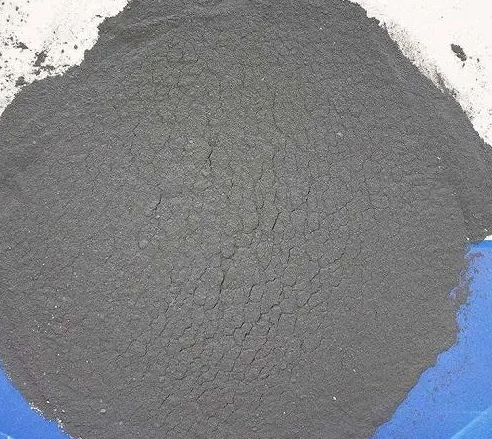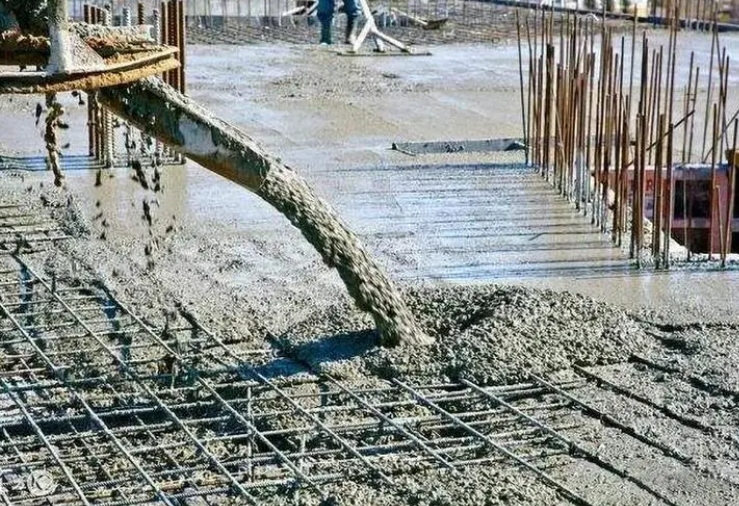Post Date:26, Aug, 2024
1. Mineral composition
The main factors are the content of C3A and C4AF. If the content of these components is relatively low, the compatibility of cement and water reducer will be relatively good, among which C3A has a relatively strong influence on the adaptability. This is mainly because the water reducer first adsorbs C3A and C4AF. In addition, the hydration rate of C3A is stronger than that of C4AF, and it increases with the increase of cement fineness. If more C3A components are contained in cement, it will directly lead to a relatively small amount of water dissolved in sulfate, resulting in a decrease in the amount of sulfate ions produced.
2. Fineness
If the cement is finer, its specific surface area will be relatively large, and the flocculation effect will become more obvious. In order to avoid this flocculation structure, a certain amount of water reducer needs to be added to it. In order to obtain sufficient flow effect, it is necessary to increase the use of water reducer to a certain extent. Under normal circumstances, if the cement is finer, the specific surface area of cement is relatively high, and the influence of water reducer on the saturated amount of cement will increase, making it difficult to ensure the fluidity of cement paste. Therefore, in the actual process of configuring concrete with a high water-cement ratio, the water-to-area ratio should be carefully controlled to ensure that cement and water reducers have strong adaptability.

3. Grading of cement particles
The influence of cement particle grading on cement adaptability is mainly reflected in the difference in the content of fine powder in cement particles, especially the content of particles less than 3 microns, which has the most direct effect on the adsorption of water reducers. The content of particles less than 3 microns in cement varies greatly with different cement manufacturers, and is usually distributed between 8-18%. After using the open-flow mill system, the specific surface area of cement has been greatly improved, which has the most direct impact on the adaptability of cement and water reducers.
4. Roundness of cement particles
There are many ways to improve the roundness of cement. In the past, cement particles were usually ground to avoid grinding edges and corners. However, in the actual operation process, a large number of fine powder particles are prone to appear, which has a very direct impact on the performance of cement. In order to effectively solve this problem, round steel ball grinding technology can be directly used, which can greatly improve the spheroidization of cement particles, reduce operating losses, and shorten cement grinding time. After the roundness of cement particles is improved, although the effect on the saturated dosage of water reducer is not very large, it can improve the initial fluidity of cement paste to a great extent. This phenomenon will be more obvious when the amount of water reducer used is small. In addition, after improving the roundness of cement particles, the fluidity of cement paste can also be improved to a certain extent.

5. Mixed materials
In the current use of cement in my country, other materials are often mixed together. These mixed materials usually include blast furnace slag, fly ash, coal gangue, zeolite powder, limestone, etc. After a lot of practice, it has been confirmed that if water reducer and fly ash are used as mixed materials, relatively good cement adaptability can be obtained. If volcanic ash and coal gangue are used as mixed materials, it is difficult to obtain good mixing adaptability. In order to obtain a better water reduction effect, more water reducer is needed. If fly ash or zeolite is included in the mixed material, the loss on ignition is generally directly related to the fineness of volcanic ash. The less the loss on ignition, the more water is required, and the higher the volcanic ash property. After a lot of practice, it has been proved that the adaptability of mixed materials to cement and water reducing agent is mainly reflected in the following aspects: ① If slag is used to replace cement paste, the fluidity of the paste will be stronger as the replacement rate increases. ② If fly ash is directly used to replace cement paste, its initial fluidity can be greatly reduced after the replacement material exceeds 30%. ③ If zeolite is directly used to replace cement, it is easy to cause insufficient initial fluidity of the paste. Under normal circumstances, with the increase of slag replacement rate, the flow retention of cement paste will be enhanced. When fly ash increases, the flow loss rate of the paste will increase to a certain extent. When the zeolite replacement rate exceeds 15%, the flow loss of the paste will be very obvious.
6. The effect of admixture type on the fluidity of cement paste
By adding a certain proportion of admixtures to concrete, the hydrophobic groups of the admixtures will be directional adsorbed on the surface of cement particles, and the hydrophilic groups will point to the solution, thereby effectively forming an adsorption film. Due to the directional adsorption effect of the admixture, the surface of the cement particles will have charges of the same sign. Under the effect of like charges repelling each other, the cement will form a dispersion of flocculent structure at the initial stage of water addition, so that the flocculent structure can be released from the water, thereby improving the fluidity of the water body to a certain extent. Compared with other admixtures, a main feature of polyhydroxy acid admixtures is that they can form groups with different effects on the main chain. Generally, hydroxy acid admixtures have a greater impact on the fluidity of cement. In the preparation process of high-strength concrete, adding a certain proportion of polyhydroxy acid admixtures can achieve better preparation effects. However, in the process of using polyhydroxy acid admixtures, it has relatively high requirements on the performance of cement raw materials. In actual use, the mixture is prone to viscosity and sticking to the bottom. In the later use of the building, it is also prone to water seepage and stratification. After demolding, it is also prone to roughness, sand lines, and air holes. This is directly related to the incompatibility of polyhydroxy acid admixtures with cement and mineral admixtures. Polyhydroxy acid admixtures are the admixtures with the worst adaptability to cement among all types of admixtures.
Post time: Aug-26-2024

